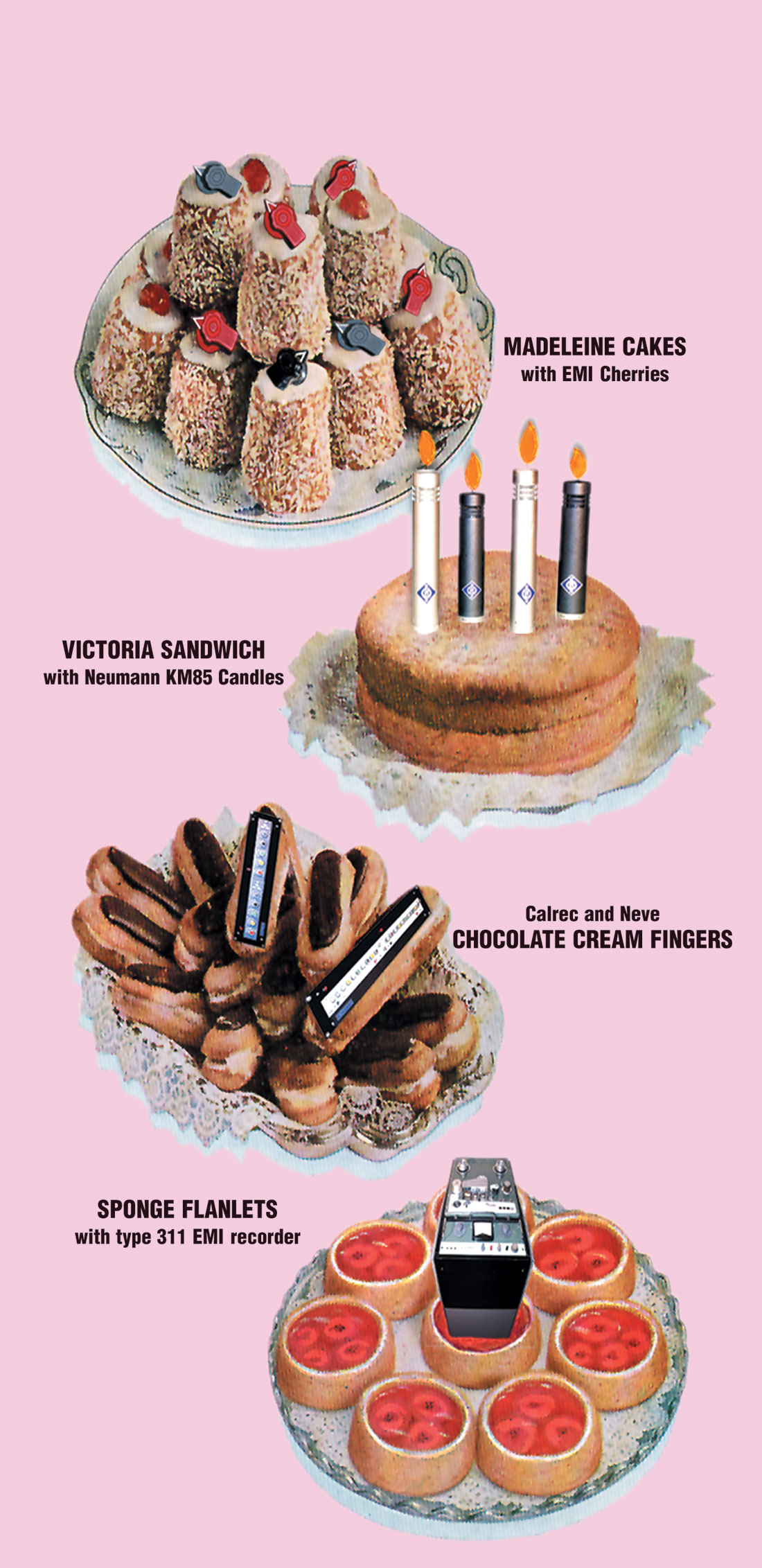Geoff Daking gets it. With the new Daking FET Compressor II, Geoff has created an instant classic. Those who are familiar with other Daking products will find the same attention to audio craftsmanship with this latest design. I was fortunate enough to be able to use this unit on two different mix sessions. The first was mixing the new Ladybug Transistor album at my home away from home, the Distillery, right after the TapeOpCon. I took my Allen Smart compressor with me, as that has been my stereo mix compressor of choice this past year. Geoff was nice enough to drop a pair of compressors off at the studio on the day we were setting up. I opted to place them before the Scully 1/4" we were mixing to. The sonic appeal of these units was immediately apparent. They sounded much smoother and more open than the Allen Smart unit. I was very satisfied with the way in which they handled the stereo mix, as they are completely intuitive and sound great. The control knobs are large, well labeled and easy to recall settings as they click step through the values. Starting with the left, you have your threshold, then ratio, followed by attack, release, and finally make up gain.
In stereo link, either unit controls the other unit's dynamics depending upon which one is set to the lower threshold and therefore responds with more control voltage. I made the left side the master by keeping the right side controls lower than the left. That way, I was able to control the stereo dynamics from the first (left side) unit. The make up gain remains independent and there is even a switch you can get to inside the units that keeps the make up gain working even when the unit is bypassed. Very handy for mixing, as you can really hear the difference between compression and no compression and not be fooled by volume differences. I've always found that fully linked stereo units have a tendency to skew your left right balance so kudos to Geoff for leaving those controls independent. I found that setting the threshold fairly high with a low ratio (2:1) and medium attack and release did a nice job of controlling the mix without sacrificing dynamics. At no time did I feel or hear too much compression, even when taming some particularly tough stacked vocal choruses that were causing sibilance build up and other unwanted artifacts.
Upon my return to Tucson, I went into another mix session at Wavelab with local craze rock heroes, Chango Malo, who are the opposite of the Ladybug sound in all ways. These mixes were all about big guitars, drums, distorted bass, and screaming vocals and again, the units responded perfectly. This time, I used them to add more rock to the overall sound by hitting them more aggressively. These mixes went straight to DAT and I was able to run my digital levels up nice and hot without clipping and still leave some dynamics and headroom so the mastering engineer will not hate me.
Finally, I removed them from the stereo path and plugged one of the units in for some vocal tracking. The person I was working with has a tendency to sing very quietly on verses and then explode on choruses and getting good levels to tape has always been difficult. This time I set the threshold low and the ratio at 2:1 again but with a faster attack and release time and it cleaned up the levels better than I could have hoped. My eyes told me (via the meter) that some major whacking was going on but my ears (remember those things?) told me otherwise so I left the settings alone and merrily tracked away. In conclusion, I know Daking gear is considered high end and many of you may be thinking that they are out of your range. But, having spent more money on other high end compressors, the Dakings are a tremendous value when you look at price against performance. They sound much better than older vintage units that will cost you considerably more and they come backed by the designer.




_disp_horizontal_bw.jpg)